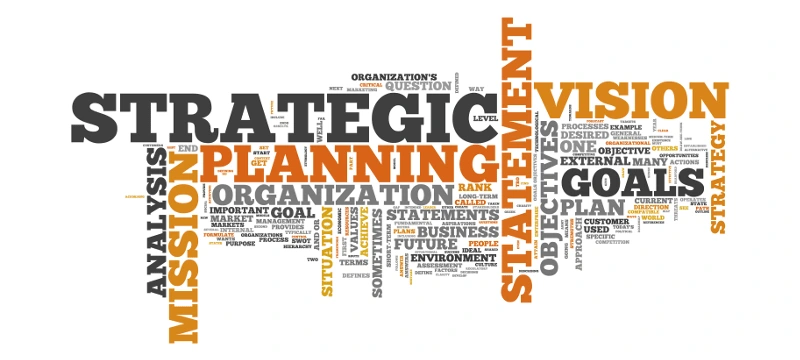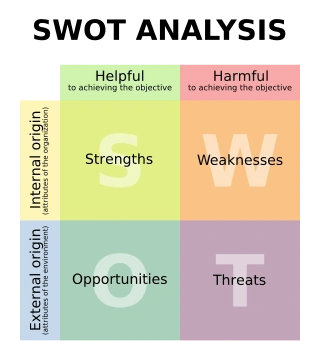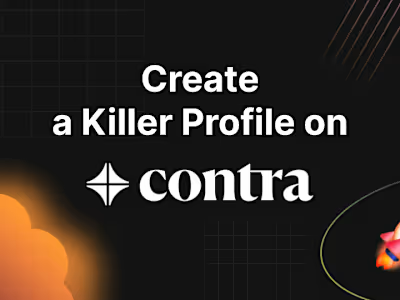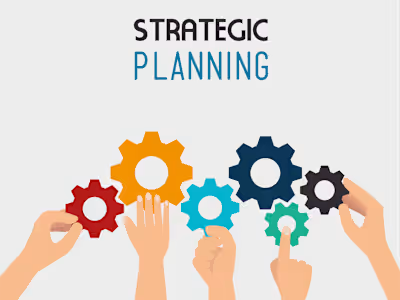7 Tips to find your organization’s inner consultant

As we kick off 2018 many people are rocking the “New year. New me” mantra. But for arts organizations around the world, it feels more like “New year. New strategic plan.”
Many people groan at the thought of the strategic planning process. A strategic plan is a labor-intensive document that gets stuffed in a drawer for the next three to five years until it's time to do it all over again, Right? Wrong!
According to TechTarget, Strategic planning describes the process executives use to identify set goals and objectives for their organization and create a blueprint for the future.
A strategic plan is not a formality, it’s a tool that will help your organization achieve its mission more effectively and efficiently.
Take a look at these tips to help your organization’s inner consultant rise to the occasion.
Form a planning committee
It is important for your organization to have a dedicated group of individuals that keep your strategic planning process moving forward. This group can be comprised of board members, staff, and other key stakeholders.
This team will be at the core of your strategic planning processes and will be tasked with synthesizing all of the information into an implementation plan.
Get your key stakeholders on board
Your organization's stakeholders are your most valuable source of information. It is important to get them excited and to let them know the impact that they are going to have on the strategic planning process. It is also important to explain to stakeholders what you hope to accomplish during the planning process.
Interview stakeholders on every level to learn about different perceptions that impact your organization. But most importantly, use the feedback to shape how you approach communication with your community and how you continue to achieve your goals and fulfill your mission.
Start with your mission
Start your strategic planning process by examining your mission statement and making any necessary updates. Make sure that your mission is still relevant to the community that you serve. Once you have agreed upon a clear and concise mission statement, use your mission as a filter for decision-making.
Next, address any issues of mission creep. Merriam-Webster defines mission creep as “the gradual broadening of the original objectives of a mission or organization” If you notice any mission creep, either expand your mission or eliminate programming that doesn't serve your intended purpose.
Be honest
It’s never easy to address organizational issues, but it is important to be honest about your organization’s strengths and weaknesses in order to continue to grow, innovate and succeed. This is when a SWOT analysis comes in handy.

In Culture Forward’s “Strategic Planning Guide”, a SWOT analysis is described as addressing an organization's strengths (what it does well); weaknesses (what it needs to improve); opportunities (external developments that may strengthen it in the future); and threats (external developments that may weaken it in the future).
A SWOT analysis is another opportunity to involve each of your organization’s stakeholder groups.
Environmental scan
According to the Society for Human Resource Management, an environmental scan consists of, “a process that systematically surveys and interprets relevant data to identify external opportunities and threats.”
Throughout the environmental scanning process, your organization will gather information about the external factors that impact how you go about completing your mission. This includes gathering information about similar or peer organizations, seeking input from community leaders, and researching local and national trends, and innovations in the field that are or might be directly relevant to your organization and its future.
After surveying and interpreting relevant data, identify external threats and opportunities. With this information, your organization will be able to respond to its external environment by adjusting strategic goals and implementation strategies.
Translate strategic goals into actionable initiatives
Once your planning committee has identified a few multi-year goals, you will need to break those goals down into actionable initiatives. The objective is to create a detailed guide that will determine your organization’s course of action.
After you separate your long-term goals into organizational and programmatic categories, break each goal down into digestible segments. Each digestible segment should articulate the sequence of activities needed to accomplish the goal, responsible team members, resource requirements, deliverables, and performance metrics.
Knowing the who, what, when, and how of each goal increases the odds of achieving the desired results because your organization already has outlined the necessary steps to get there.
Tie your budget to your plan
Once you have translated your strategic goals into actionable initiatives, make sure you address the financial costs (from staff resources to technology and equipment needs) of implementing any new strategies.
This is also a time to review your organization’s budget from the past three to five years. Identify trends in your budget history that indicate increases or decreases in revenue sources and organizational expenses. Knowing your organization's budget trends will allow you to address any issues and incorporate budgetary initiatives in your next strategic plan.
Once you complete your strategic plan, you are not finished. Be proactive! Monitor the plan on an ongoing basis, ruminate on the challenges and successes of the planning process, and keep your stakeholders updated on your progress.
This may seem like a lot of work, but nothing can replace staff engagement, stakeholder buy-in, and a full understanding of the organization's strategic plan.
What strategic planning tips do you have?
Like this project
Posted Sep 14, 2022
A blog sharing tips to enhance the non-profit strategic planning process
Likes
0
Views
24






